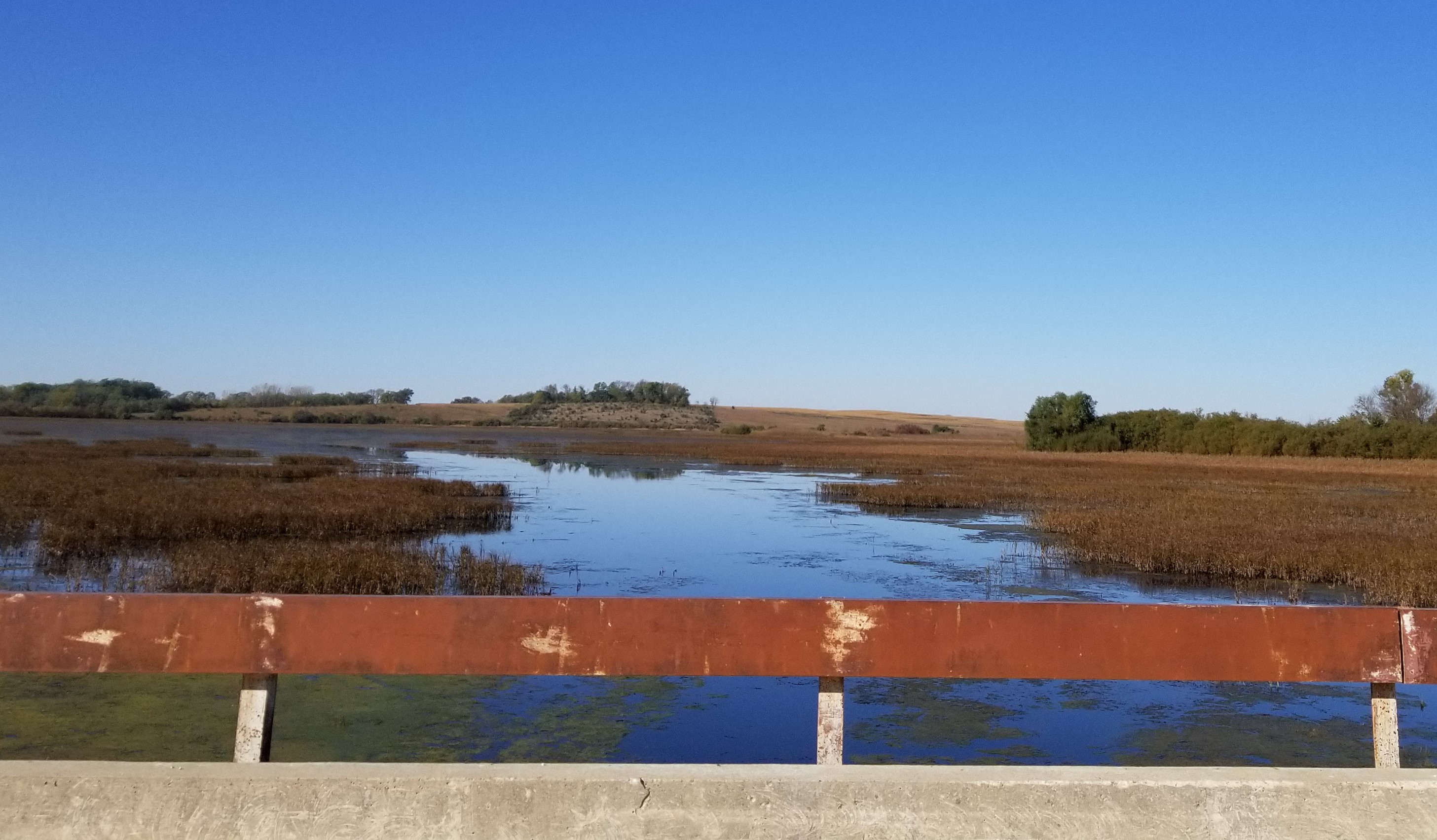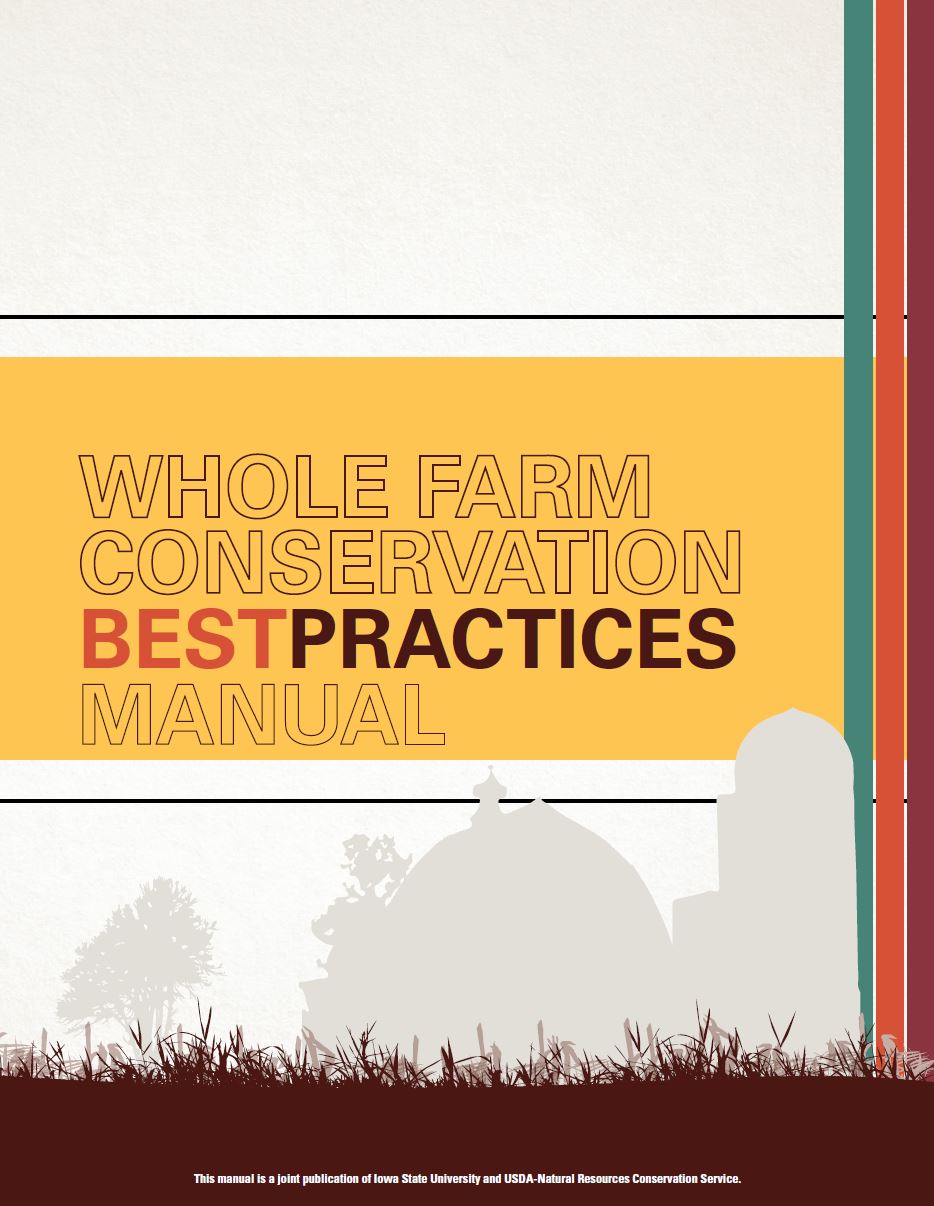
Whether you are looking to improve your understanding of wetlands, wanting to add wetland content to your class lesson plans, considering adding a wetland to your farm, or looking for an educational display to have at a community event, there is a good chance that a wetland educational resource exists that will fit your needs. Resources come in a variety of formats including written, video, and hands-on demonstrations. Here are just a few resources that can help get you started on your wetland educational journey.

If you are looking for a quick way to learn about wetlands in Iowa, check out a recorded webinar or virtual field day. These recordings have information ranging from basic material on wetland ecosystems to research being conducted in Conservation Reserve Enhancement Program (CREP) wetlands. Here are a handful of webinar recordings and virtual field days from the past few years:
- Wetland Ecosystem Services: How Wetlands Can Benefit Iowans
- Water Quality Enhancement Wetland and Oxbow Virtual Field Day
- Returning Oxbows to Iowa’s Landscape Virtual Field Day
- Increasing Wetland Opportunities with IDALS
- Profiles in the Wonders of Iowa’s Wetlands
Educators wanting to incorporate wetland content into an agriculture or environmental science class might be interested in the Wetlands and Wildlife: Watershed-Based Conservation Case Study Training Kit. The wetlands and wildlife case studies were designed to be used in a classroom setting at the high school or college level but can be adapted for other audiences and age groups. Students are tasked with the role of a conservation professional developing a plan for the construction or restoration of a wetland on a client’s property. Students need to use a combination of included and outside resources to make conservation and land management decisions taking into consideration the cost and benefit of wetland restoration and construction and the impacts a wetland would have at the farm level and watershed scale.

Farmers and landowners considering adding conservation practices to their land will find useful information in the Whole Farm Conservation Best Management Practices Manual. The manual provides a summary of conservation practices and practice adoption decision trees for improving water quality, soil health, and wildlife habitat. Those interested in adding a wetland to their farm should take a look at the Edge of Field Conservation Practices that Work section of the manual, as well as the following decision trees: Could Edge-of-Field Practices Work for You; Choosing the Right Edge-Of-Field Practice for Water Quality Improvement; and Is a Wetland Right for You. The manual was designed to help decision makers select and incorporate conservation practices that are most appropriate to their land, farming operation, and preferences.

For those looking for an in-person demonstration at an event, consider reserving the Conservation Station Marsh Madness trailer. The inside of the Marsh Madness trailer, launched in May 2021, immerses attendees in the sights and sounds of wetlands. The trailer also includes stand-alone 3-D wetland models of a prairie pothole, treatment, and oxbow wetland. All models were 3-D printed using actual elevation data collected in Iowa and have running water to demonstrate the wetland’s hydrology. The prairie pothole wetland model has a rainfall simulator, the treatment wetland receives water from tile drainage, and the oxbow wetland was designed to mimic both a natural oxbow receiving water from a river and a multi-purpose oxbow designed for nitrate-nitrogen removal receiving tile drainage water. The Marsh Madness trailer is free to reserve for outreach events.

This summer, an educational wetland video series will be launched focusing on wildlife and water quality benefits of Iowa wetlands. A total of 12 short videos will be created using drone footage and a narrative voice-over. The first video will provide an overview of wetland types in Iowa. Subsequent videos will focus on either a specific wetland type or wetland use. Some of the drone footage was debuted at the Midwest Fish and Wildlife Conference in February 2022. Below is a sneak peak of a video clip from the Riverside Stormwater Wetland in Webster City, Iowa. This silent clip gives a bird’s eye view of an urban stormwater wetland and will eventually be part of the narrated wetland video series. The videos will be posted on the Iowa State University Extension and Outreach Agriculture and Natural Resources YouTube page.
I hope you find these resources useful and are inspired to learn more about wetland ecosystems.